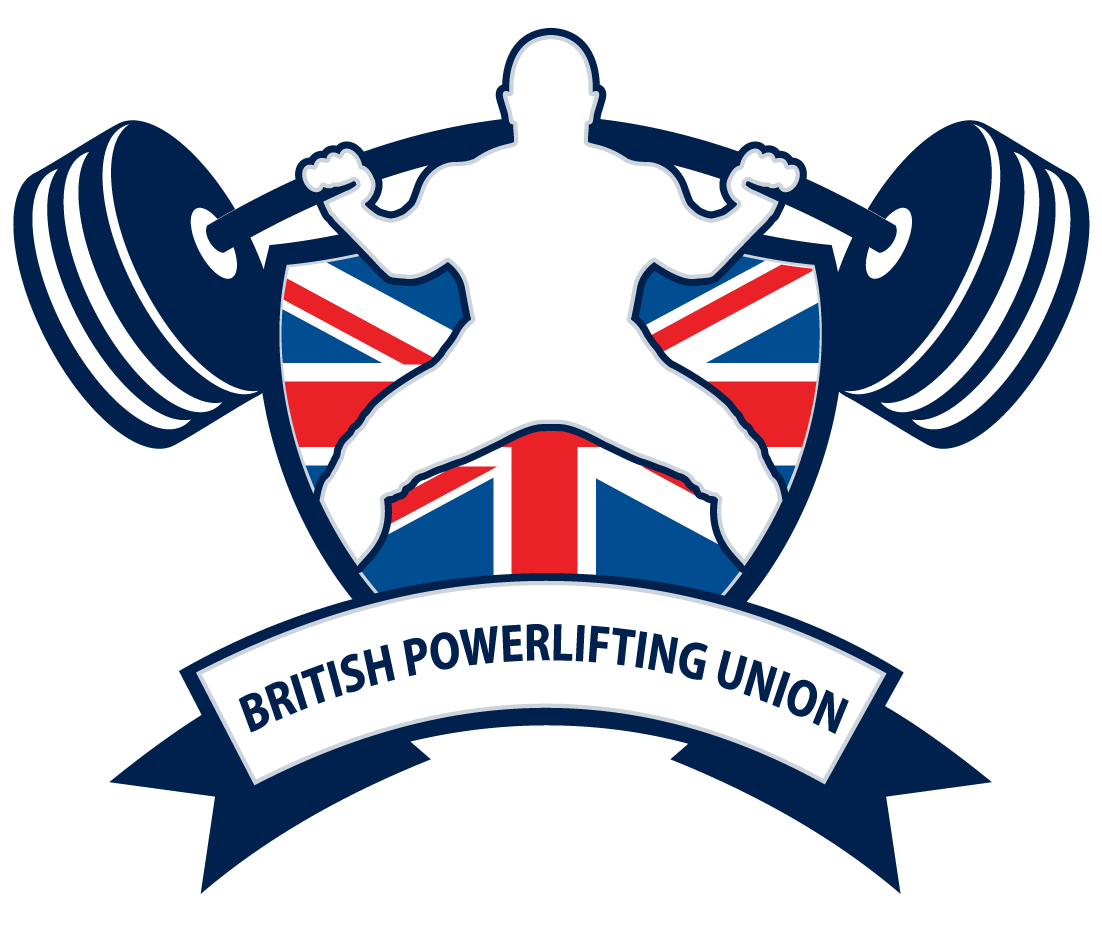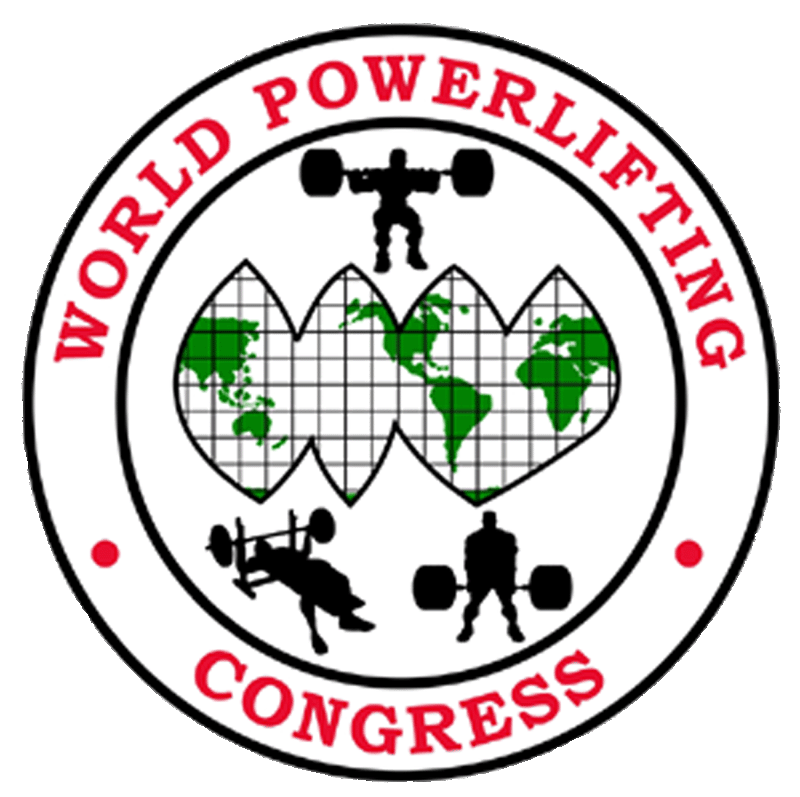Read our handy guide on the technique and rules involved for the Bench Press
- The front of the bench must be placed on the platform facing the head referee.
- The lifter must lie backward with shoulders and buttocks in contact with the flat bench surface. The lifter’s shoes or toes must be in solid contact with the platform or surface. The position of the head is optional.
- To achieve firm footing, a lifter of any height may use discs or blocks to build up the surface of the platform. Whichever method is chosen, the shoes must be in a solid contact with the surface. If blocks are used, they shall not exceed 45cm x 45cm.
- Not more than five and not less than two loaders/spotters shall be in attendance. The head referee may at their discretion for lifter safety in addition to or instead of Meet Promoter designated loaders/spotters designate additional loaders/spotters, providing the maximum of five is not exceeded. The lifter may enlist the help of one or more of the designated spotters or enlist a personal spotter in removing the bar from the racks. Only designated spotters may remain on the platform during the lift. The lift off must be to arms length and not down to the chest. A designated spotter, having provided a center lift off, must immediately clear the area in front of the head referee and move to either side of the bar. If the personal spotter does not immediately leave the platform area and/or in any way distracts or impedes the head referees’ responsibilities, the referees may determine that the lift is unacceptable, and be declared “no lift” by the referees and given three red lights.
- The spacing of the hands shall not exceed 81cm, measured between the forefingers. The bar shall have circumferential machine markings or tape indicating this maximum grip allowance. If the lifter should use an offset or unequal grip on the bar, whereby one hand is placed outside the marking or tape, it is the lifter’s responsibility to explain this to the head referee, and allow inspection of the intended grip prior to making an attempt. If this is not done until the lifter is on the platform for an official attempt, any necessary explanation and/or measurements will be done on the lifter’s time for that attempt. The reverse or underhand grip is permitted.
- After receiving the bar at arms length, the lifter shall lower the bar to the chest and await the head referees’ signal.
- The signal shall be an audible command “Press” and given as soon as the bar is motionless on the chest. As long as the bar is not so low that it touches the lifter’s belt, it is acceptable.
- The lifter will be allowed only one commencement signal per attempt.
- After the signal to commence the lift has been given, the bar is pressed upward. The bar shall not be allowed to sink into the chest or move downwards prior to the lifter’s attempt to press upward. The lifter will press the bar to straight arm’s length and hold motionless until the audible command “Rack” is given. Bar may move horizontally and may stop during the ascent, but may not move downward towards the chest.

